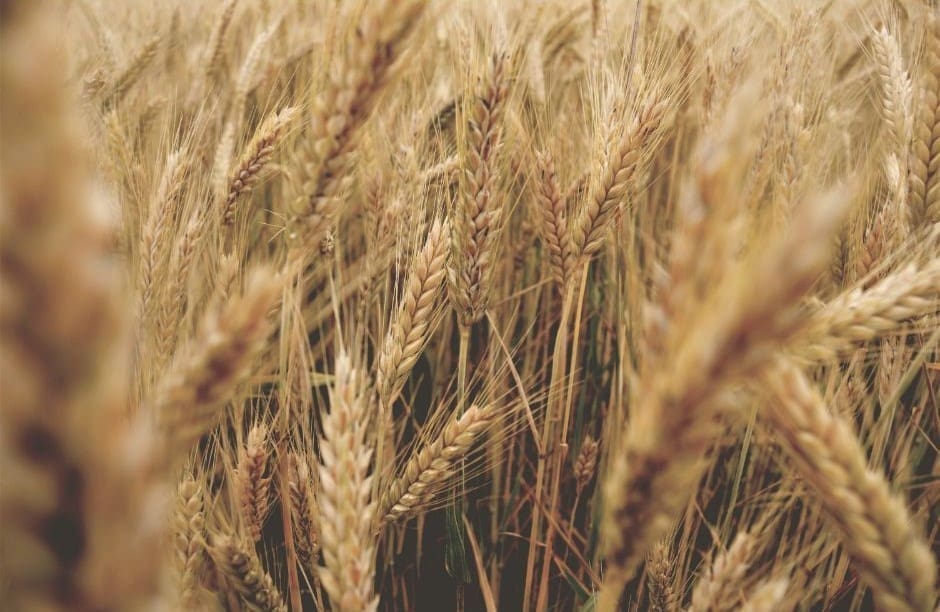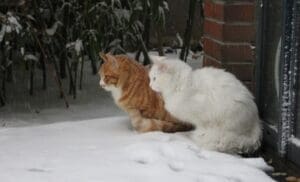Experts warn that wheat streak mosaic virus may become more common in Kansas wheat fields this year. K-State’s Kelsey Andersen Onofre says symptoms often appear as the weather warms, during wheat’s green-up and jointing stages, and can be mistaken for nutrient deficiencies before distinct mosaic patterns emerge.
“We’ve already had positive samples in several counties of Kansas. We knew last year we were coming out of a year where we had pretty bad widespread wheat streak mosaic, so we have a couple signals that suggest that this could be another bad year,” said Onofre.
Wheat streak mosaic virus is spread by the wheat curl mite—tiny insects that often appear in large numbers near the end of the wheat season. They typically move into volunteer wheat before or right after harvest, survive through the summer, and then infect newly planted wheat in the fall.
“When we have that infection happen very early in the fall, that’s when we typically see the most dramatic yield losses. When we’re getting later into the season, we’re a little bit less worried about yield loss. But when we have those early infections, we can see pretty severe losses to this disease,” said Onofre.
Key decisions to manage wheat streak mosaic virus must be made before planting. That’s why it’s important to control volunteer wheat soon after harvest and keep fields clean, especially in the two weeks before planting.
Some wheat varieties offer limited resistance, but there’s no perfect solution. Once symptoms appear in spring, options are limited. At that point, testing can help guide decisions about how to manage the crop moving forward.













